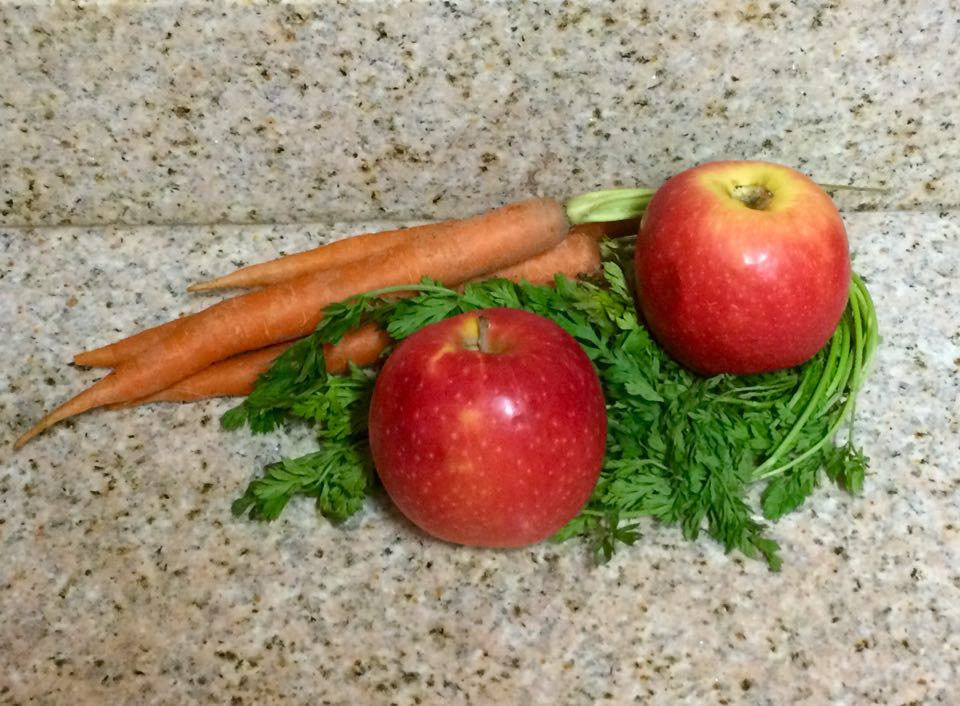The lights are out. It’s dark in my apartment. But darkness is expected at two in the morning; it’s the silence that awakens me, the jarring absence of modern life’s electronic hum, that jolts me from my sleep. It’s eerie, but I pound my pillow a couple of beats and go back to sleep. Electricity goes out occasionally–a strong wind, a blown fuse. By the time my alarm chases me out of bed in the morning, and I stumble towards the kitchen, rubbing sleep from my eyes, the power is back, and the lightbulbs shine their yellow light at the flick of a switch.
But what if they didn’t? What if the lights stayed out, and the refrigerator didn’t cool, and double-clicking Chrome connected you to nothing (a tale of horror I assume will be added to the next Scary Stories to Tell in the Dark anthology)? That’s the premise of Jean Hegland’s Into the Forest. Eva and Nell are two sisters ensconced in their remote forest cabin as society crumbles. Eva, a pre-professional ballerina, misses the musical accompaniment to her dancing, but Nell is a modern girl: her longings are for internet and food. Continue reading





